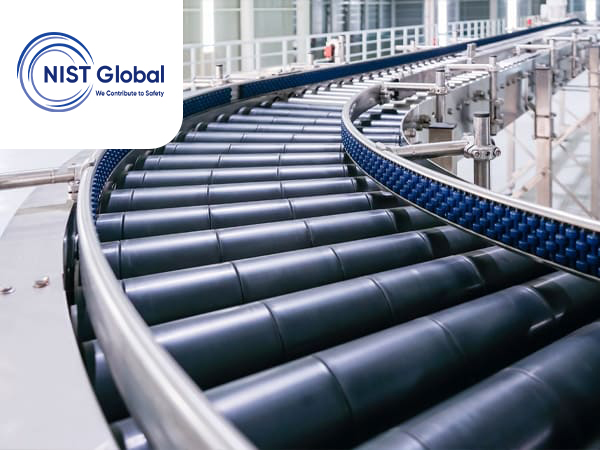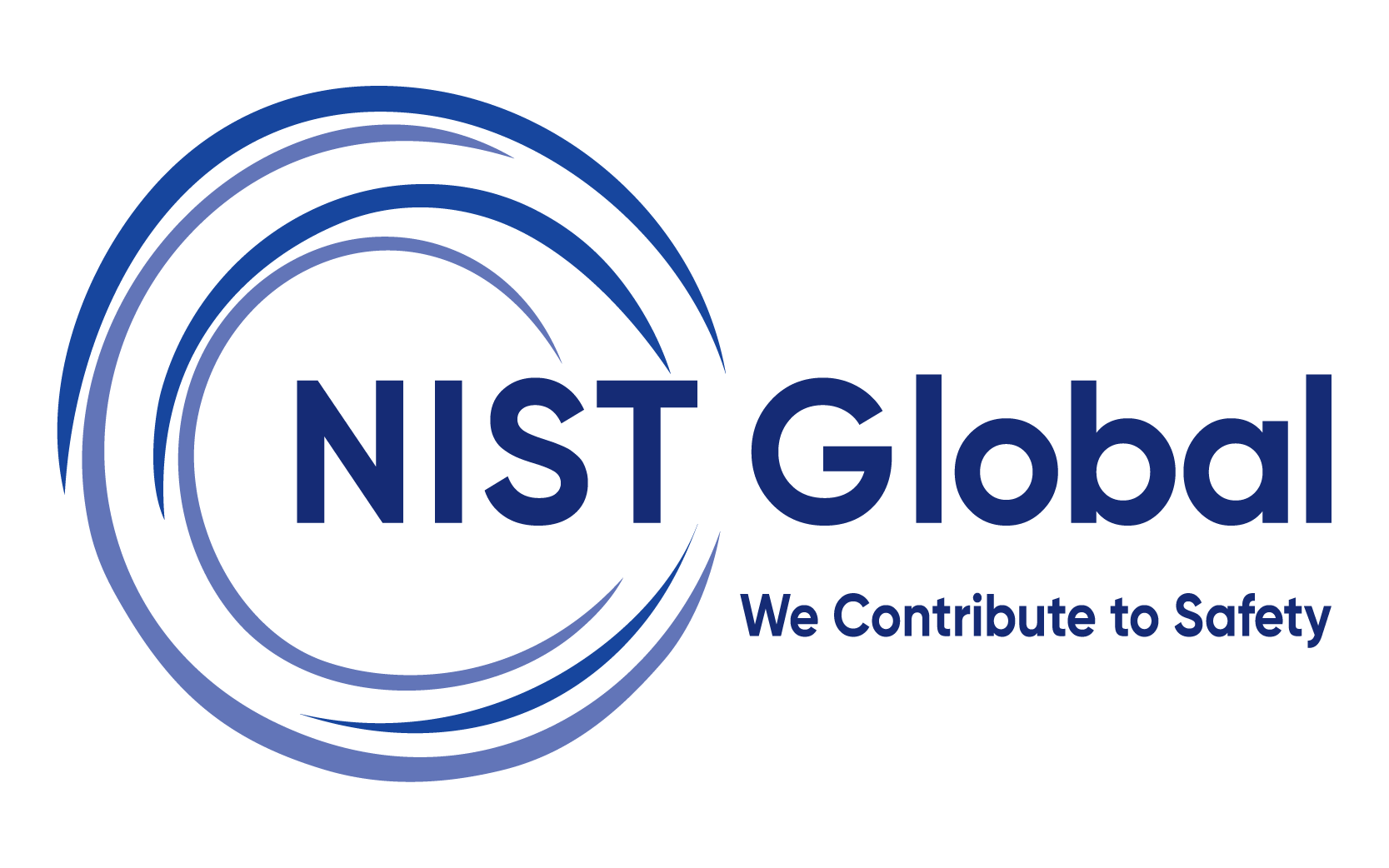Conveyor Safety
Conveyors eliminate the risk of manual handling, but they have the potential to involve a worker’s body parts getting caught in nip points or shear points and causing amputation hazards associated with mechanical motion. Hazards associated with conveyers vary due to the types of conveyer, materials being handled, location of the conveyor, and proximity of the conveyer to workers. Therefore, workers must be properly trained in conveyor safety aspects in order to recognize and respond to possible dangers when they arise.

-
Training ModeFace to face
-
Learning PartnerNIST
-
Training TopicConveyor Safety
-
LanguageEnglish
-
For queries, & Assistance
Introduction
Conveyors are basically mechanical handling equipment used to transport materials horizontally, vertically, at an angle, or around curves from one location to another, usually in the same area or building. These conveyor systems are gaining popularity in industries such as manufacturing, packaging, warehouses, supermarkets, and mines because they provide quick and efficient movement of a business's supplies and products as well as the ability to transport large goods such as vehicles down a production line.
Although conveyors significantly boost productivity and efficiency, this does not mean that they are fully risk-free or safe; every year, several workers are hurt in conveyor-related accidents. According to the U.S. Bureau of Labour Statistics (BLS) report, conveyor-related incidents result in 9,000 worker injuries and 40 worker fatalities annually.
Conveyors eliminate the risk of manual handling, but they have the potential to involve a worker’s body parts getting caught in nip points or shear points and causing amputation hazards associated with mechanical motion. Hazards associated with conveyers vary due to the types of conveyer, materials being handled, location of the conveyor, and proximity of the conveyer to workers. Therefore, workers must be properly trained in conveyor safety aspects in order to recognize and respond to possible dangers when they arise.
Training Objective
This training program has been structured with the intention of giving the delegates a comprehensive understanding of conveyor safety practices and procedures. Designed in consultation with industry veterans and health and safety experts, it offers a thorough overview of all the major conveyor types, their associated hazards, and appropriate control measures, rather than focusing only on one specific type of conveyor. Further, it focuses on legal requirements with respect to national and international contexts to help delegates know about the laws and regulations that apply to their jobs.
Through unrivalled expertise, differentiated training delivery, and innovative learning materials, NIST continuously aspires to offer high standards of training and assure an effective learning experience. Therefore, corporates involved in conveyor operations should keep an eye on this training and enroll their staff in it in order to make their employees proactive in dealing with conveyor catastrophes, minimize the danger of accidents and illnesses, increase morale, and cut insurance premiums.
Learning Outcomes
- Identify the different types of conveyors
- Recognize the hazards of the conveyor system.
- Determine the control measures for the conveyor system.
- Understand the safe operating procedure of the conveyor system.
- Acquire knowledge on inspection and maintenance.
Who can take this training?
- Anyone who engages in conveyor-based operations
- Professionals working in
- Mining
- Automotive
- Agricultural
- Food and beverage
- Bottling
- Manufacturing
- Warehouse and logistics
- Packaging industries.
- Ideal for businesses dealing with heavy goods, sharp items, raw materials, and mass-produced commodities
Benefits
- Equips delegates to deal with conveyor-related hazards created by the point of operation, ingoing nip points, rotating parts, flying chips, and sparks.
- Aids the delegates to understand the dos and don’ts of conveyor operation.
- Enables delegates to maintain their confidence and position themselves effectively in challenging work environments.
- Enhances employee morale and boosts productivity.
- Builds an organization’s reputation and lowers insurance premiums
Assessment
- Delegates are assessed through a multiple-choice questionnaire
Training Mode
- Face to face training
